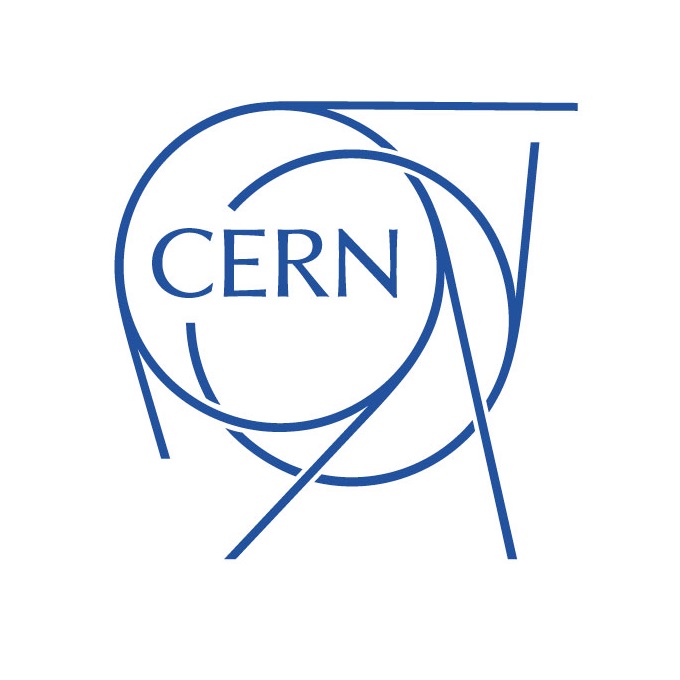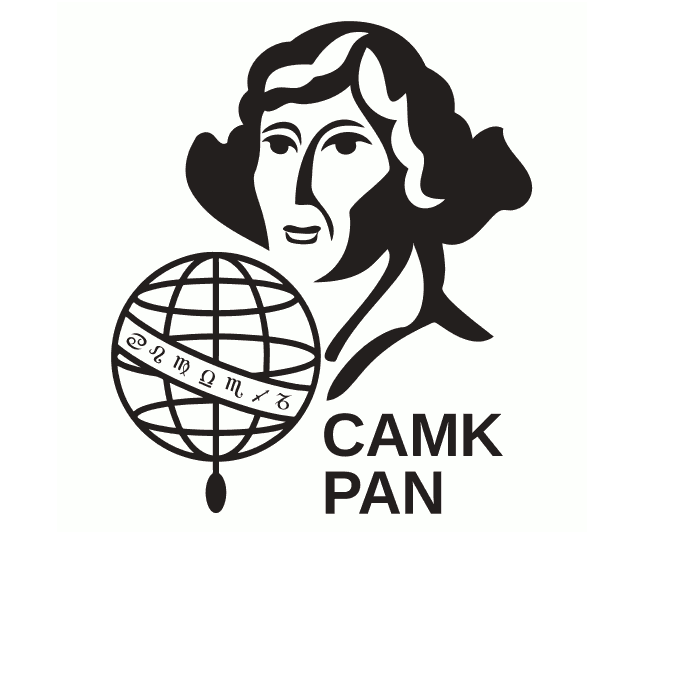Characterizing the chloride translocation pathway in the CFTR channel
Bianka Farkas1,2,3, János Gera4, Hedvig Tordai1, Gábor Paragi4, Tamás Hegedűs1,2
1 Department of Biophysics and Radiation Biology, Semmelweis University, Budapest, Hungary
2 MTA-SE Molecular Biophysics Research Group, Hungarian Academy of Sciences, Budapest, Hungary
3 Faculty of Information Technology, Pázmány Péter Catholic University, Budapest, Hungary
4 MTA-SZTE Supramolecular and Nanostructured Materials Research Group, Szeged, Hungary
Cystic fibrosis (CF), a lethal monogenic disease, is caused by mutant variants of the CFTR chloride channel. Most of the CF mutations, including the most frequent ΔF508 deletion, affect protein folding and stability and lead to diminished apical anion conductance of epithelial cells. Although extensive efforts have been devoted for CF drug development, we still search for efficacious small molecules for correcting CFTR folding. This could be partly attributed to our limited knowledge on the CFTR structure. Recent advances in single molecule cryo-EM methods enabled the structural determination of full-length human and zebrafish CFTR, promoting structure-based studies. However, none of the structures shows an open pathway for chloride permeation. In addition, the degenerate ATP site-1, which binds ATP strongly without hydrolysis, is less compact compared to site-2. Therefore, we assessed the structural properties of CFTR protein based on experimental and homology models by molecular dynamics simulations. ATP-binding to site-1 and site-2 was calculated and compared using umbrella sampling technique. Biased molecular dynamics simulations were performed to test the ability of ATP-bound models to switch to a conducting conformation. Our results show that the site-1 in ATP-bound conformation does not remain in a tight contact and suggest that the interaction between the phosphate groups and the Walker A helix is responsible for the strong ATP binding at the degenerate site. We also analyze the potential chloride pathway highlighted by metadynamics simulations in the light of experimental datasets. In summary, our in silico investigations help to understand the properties of the CFTR chloride channel distinct from transporters, to interpret available structural information on CFTR, as well as to understand its mechanism of function.
























